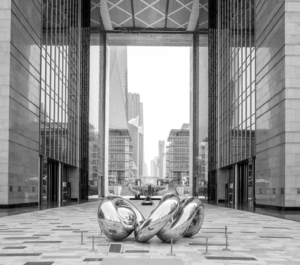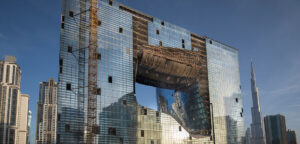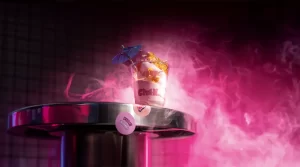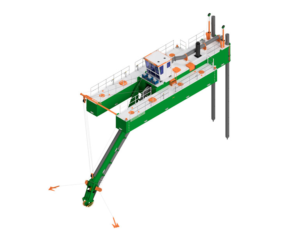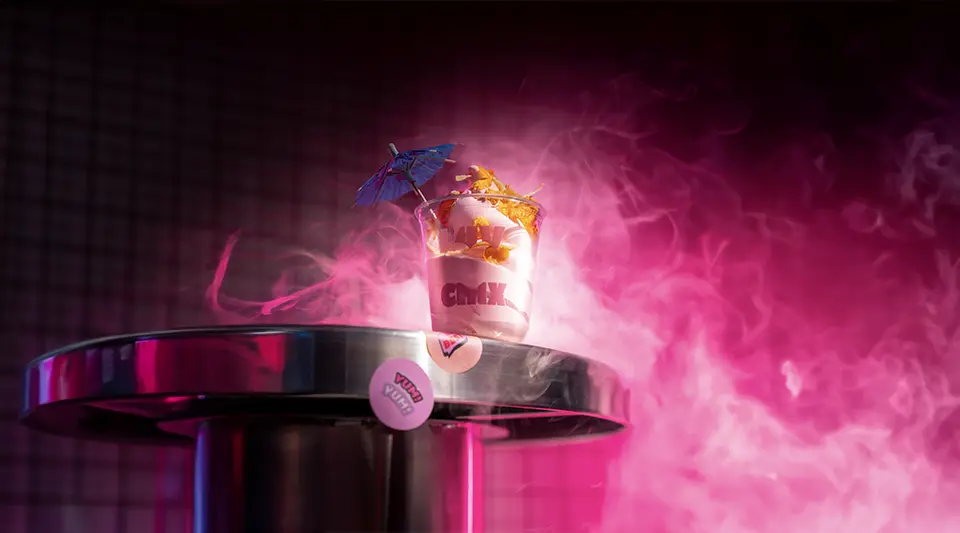
Capturing stunning food photographs can elevate your culinary creations and entice viewers to indulge in your dishes. Whether you’re a professional photographer or an enthusiastic home cook, mastering food photography requires practice and attention to detail. Below are essential tips to help you get the food photoshoot.
Choose the right angles:
The angle from which you photograph your food can dramatically affect the composition and appeal of the image. Some dishes look best from above, while others benefit from side or 45-degree angles. Experiment with different perspectives to find the most flattering angle for your specific dish. For example, flat dishes like pizza or salads often look great shot from above, while layered desserts may shine at eye level.
Mind the composition:
Good composition is vital for creating eye-catching food photos. Use the rule of thirds by dividing your frame into a 3×3 grid and positioning key elements along the lines or at their intersections. Incorporate leading lines, such as utensils or ingredients, to guide the viewer’s eye toward the focal point. Don’t be afraid to experiment with negative space; sometimes, less is more, allowing the food to take center stage.
Pay attention to styling:
Food styling plays a key role in food photography. Take the time to arrange your dish thoughtfully, considering colors, textures, and shapes. Use props like cutlery, plates, and linens to improve the overall presentation. Fresh herbs, drizzles of sauce, or a sprinkle of spices can add visual interest and texture. Keep the styling natural—avoid overly staged or artificial looks that may detract from the authenticity of your dish.
Use a tripod:
To achieve sharp, clear images, consider using a tripod. A tripod stabilizes your camera, reducing the risk of blurry photos, especially in low-light conditions. It also allows you to maintain consistency in framing and composition across multiple shots. If you’re shooting from above or at an awkward angle, a tripod can be particularly beneficial for achieving the desired perspective without compromising stability.
Experiment with depth of field:
Playing with depth of field can add a professional touch to your food photos. A shallow depth of field blurs the background while keeping the subject in focus, drawing attention to the details of the dish. Use a wide aperture (lower f-stop number) to achieve this effect. However, be mindful of how much of the dish you want in focus; sometimes, a slightly deeper depth of field can work better, especially for layered or intricate dishes.
